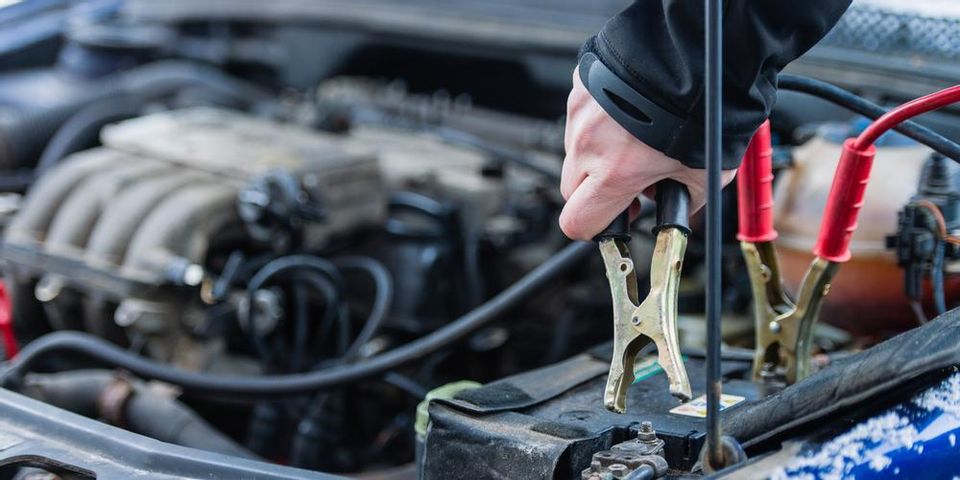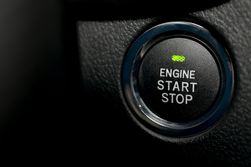5 Important Tips to Jump-Start Your Car Safely

Everyone knows the sound of an engine straining to rev up that doesn’t have the juice to get started. This may indicate a drained battery, which can usually be fixed with a quick jump-start. However, as Garrett's Towing & Recovery Service in Thomasville, NC, explains, you should always exercise caution when dealing with electricity, especially when jump-starting your car.
Always keep the following safety tips in mind:
- Make Sure The Battery Is Low: A car that won't start can't always be blamed on the battery. If you hear a clicking sound or the headlights don’t come on when you turn the key, however, a low battery is probably the culprit.
 Check Your Owner's Manual: While the essentials of a jump-start are the same no matter what kind of car you drive, you should still check the owner's manual to see whether the manufacturer recommends any special procedures. Failing to follow these instructions can lead to electrical shock or severe damage to your vehicle.
Check Your Owner's Manual: While the essentials of a jump-start are the same no matter what kind of car you drive, you should still check the owner's manual to see whether the manufacturer recommends any special procedures. Failing to follow these instructions can lead to electrical shock or severe damage to your vehicle.- Get The Vehicles Ready: First, make sure the two cars aren't touching and double-check that none of the electrical components are connected and running. Before you start connecting cables, the ignitions of both cars should be off.
- Hook Up The Cables Correctly: First, attach the positive cable to the positive terminal in the dead car, then do the same to the other vehicle. Next, connect the negative cable to the negative terminal in the charging car. Hook the other negative cable to an unpainted metal part in the dead car (not the negative battery terminal). Finally, start the charging car, and try the dead car after a few moments. If that doesn't work, wait a while before trying again.
If you're having trouble getting your car started, Garrett's Towing & Recovery Service's highly trained team of technicians will help you get your vehicle running again. Visit their website to learn more about their wide array of towing and roadside assistance services, or call (336) 476-3153 if you need a jump-start or tow today.
About the Business
Have a question? Ask the experts!
Send your question

